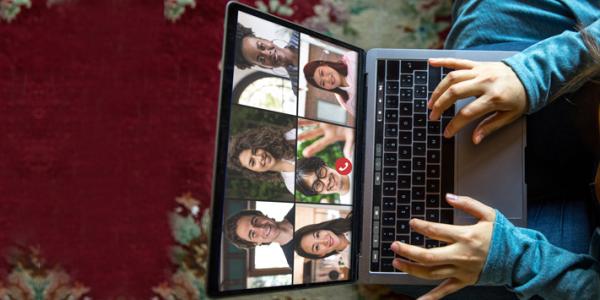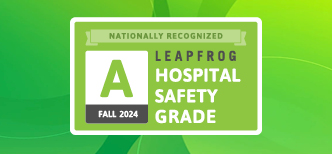


What is known without dispute among epidemiologists is that wearing a mask and practicing what is known as “social distancing” has been successful in reducing the infection spread when implemented across a population. Simple enough to do, right? Simply pull up the mask to cover the nose and mouth when in public, maintain a distance of at least six feet from others, and limit in-person social contact — particularly those in crowded environments, including attendance at concerts and sporting events (moot now, as almost all are cancelled). Other risky gatherings where infections have spread include events with loved ones: birthdays, holidays, celebrations of all kinds.
Yet it is in those gatherings where many of us find our greatest satisfactions — spending time with those we love, cherishing the joys and supporting the challenges of our lives together. And, here is one of the ways where the pandemic has had an enormous negative impact. It has resulted in our forced isolation from each other, which is especially hard at a time where our worries of the unknown are top of mind, and if it were any other crisis of this magnitude, we would rely heavily on being with our loved ones and enduring together. Not so during a viral pandemic, where the spread of infection is so high that any prolonged contact, even with masks and six-foot distancing ever present, is to be avoided. The effect is not just negative, but also cruel. Family and friends sick and dying, not surrounded by their loved ones, but in a hospital bed in a COVID-19 dedicated space where visitors are often not allowed. The incredible kindness and dedication of the healthcare team notwithstanding, it’s not the end we would envision or chose.
The distancing from those we love and whose company we value does not require that we be socially absent, or even socially distanced at all in the alternate meaning of the word. It’s spatial distancing that is required. We can and should be as socially active as our inclination will allow. It’s not the same as sharing a common air space, where we communicate comfortably and where we can just relax in the ease of the acceptance we have for one another. Spatial distancing means using different ways of connecting -- over a phone line, or the strange “Hollywood Squares” stacked boxes containing our faces in the gallery view on video chat platforms.
The internet, including Facebook, Twitter and LinkedIn is constantly available (for most, but not all) and a tool for social connectivity, with numerous chatrooms on just about every subject and hobby you can think of. Continue to be spatially mindful and distant, with while wearing a mask and keeping a minimum of six feet apart. Limit your time in any public setting.
Increasing your social activities may in fact improve your health, as isolation and loneliness can be correlated with depression, substance use and obesity. The pandemic may have heavily impacted typical ways of communicating, but we should not let it rob us of our human connectedness. As a species, we have survived pandemics because we are adaptable. We can come through this stronger by being together, as we should and as we always have.
By Michael Fitzgerald, APRN, Executive Director, Scrivner Center for Mental Health & Addiction Services, El Camino Health
This article first appeared in the August 2020 edition of the HealthPerks newsletter.

Identify your risk factors and what to do if you are at risk.